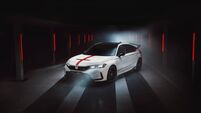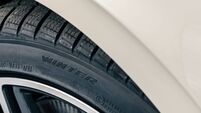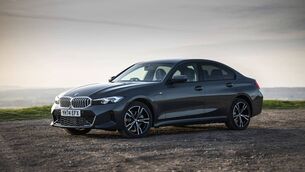Alpine A290 GTS review: the electric hot hatch that brings soul back to EV driving
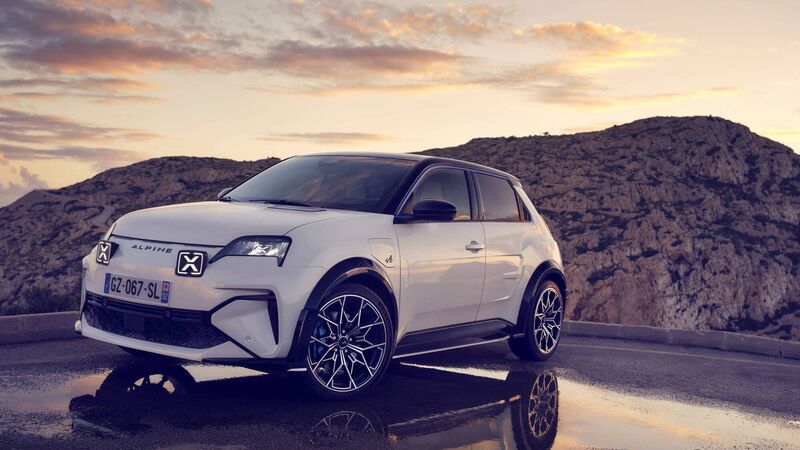
Alpine A290 Alpine GTS
|
ALPINE A290 GTS |
|
|---|---|
|
Rating |
★★★★★ |
|
Price |
from €36,690 - €43,350 as tested |
|
Power |
a 160-kW electric motor with 220bhp |
|
Range |
claimed 360km but realistically 250km |
|
The Spec |
the spec and the looks truly stand it out |
|
Verdict |
a smashing thing which is a watershed hot hatch EV |
Albeit situated at either end of the automotive food chain, both Dacia and Alpine are very similar in that both very nearly got lost in the previously megalithic bureaucracy that used to be Renault.
The French giant sort of lazily fell into ownership of both brands, never quite knowing what to do with them. Initially it treated Dacia with a sort of arms-length nose-in-the-air dismissiveness, until the Romanian outfit actually started producing alarming profit levels.
Up to the point when it realised it could actually make money from the brand, Renault had invested little or nothing in Dacia other than sending off old drivetrains and other technologies to Mioveni; that it had initially tied the company in with its Russian brand, Lada (before selling it back to Putin) told you everything you needed to know about the relationship between the parent company and its subsidiaries.
But when the Romanian company actually started making serious bobs, the lights came on chez Renault and they started throwing money at it. Well, a few sou anyway. Look at what’s happened since.
Similarly, Renault had owned the performance brand Alpine for years and never really knew what to do with it; its own performance department at Viry-Chatillon had been doing excellent work for years, so why bother with the Dieppe operation?
Well, the success of the A110 in recent years changed everything and Renault realised it had something of a nugget on its hands and suddenly Alpine became the focus of everything sporty at Renault.
In short order Renault’s F1 effort was rebranded as Alpine and even mildly sporty variants of their road-going hits were given an ‘Equipe Alpine’ specification designation. And then, when it decided to revisit the old Renault 5 and renew it for the modern world, Alpine was chosen to dicky up the car’s excellent sporting heritage – R5 Turbo etc.
There was a slight blip in all this as the R5 was going to be an EV-only and Alpine had never in its long career made such a thing. Well, it has now and the result is this week’s tester, the Alpine 290 GTS.
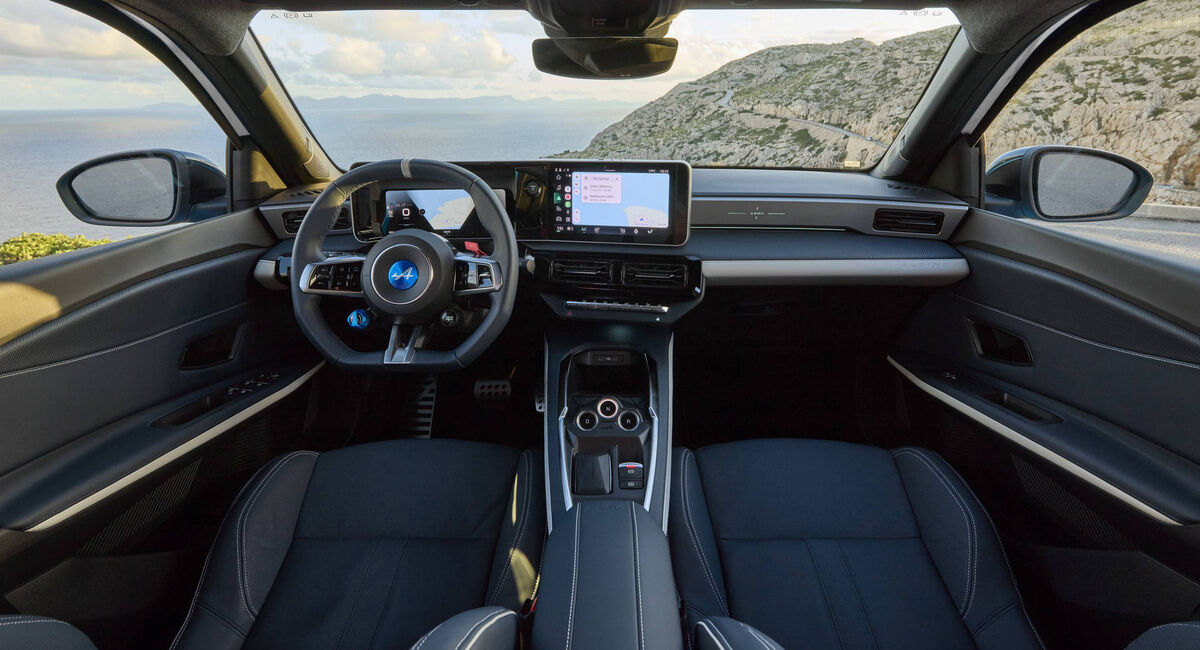
Much as the R5 Turbo had a similar silhouette to the parent car, it bore little resemblance to its progenitor; it’s pretty much the same here.
But there’s a couple of problems with that. Firstly, the concept of the ‘hot hatch’ is something which has been diluted greatly in recent times and a once great segment is now rather thinly populated. Second, EVs are noted for their one-dimensional characteristics – hugely quick off the line, but largely rubbish after that and particularly so in the handling department.
“Pah,” said the French, “c’est n’etait un probleme.” What they have come up with is a very distinctive variant on the R5 theme which is beautifully styled and distinctive; it is also a performer of note and one, unusually for an EV, which is truly enjoyable and engaging to drive.
But, although you can choose your soundtrack with a choice of synthesized noises (which thankfully you can turn off), the thing here is that the Alpine lacks the soul any normal hot hatch with a petrol engine can and does provide.
Without doubt this is a benchmark car as an EV – and much better than any equivalent we’ve tried – but it is still an EV and everything about it has to be viewed through that prism. That might disappoint old-timers like me who’ve had the privilege of experiencing the joys of the genre over several decades.
But we have to remember we are now in changed times and for a new generation of drivers this car will represent the new reality of where the segment is and where it’s heading. As such, it is quite an accomplishment.
So, what of it and what’s on offer here? Well, the model we tested was the top-of-the-range GTS version which has a 160-kW electric motor and a lithium-ion battery with 52 kWh of useable capacity. This translates into a power output of 220 bhp, a 0-100 km/h time of 6.4 seconds, a top speed of 170 km/h and a claimed range of 360 km, which in reality is only around 250 km if you’re going to enjoy it.
Although based on the R5, the Alpine version has been given a 60mm wider track and has been given wider wheelarches and side skirts, The look is enhanced too and stand out details include fantastic daytime running lights designed to look like rally spotlights, but in the shape of an ‘X.’ These mark the car out as an individual character and are bolstered by such as the rear diffuser and spoiler, the faux airdam on the bonnet. The ‘snowflake’ – Alpine, geddit? – 19” alloys add greatly to the look. In short it has the necessary visual drama to stand it out.
Other interesting additions include the uprated brakes, which are the same as those of the A110, which are fantastic, full of feel and not at all vague, like so many EVs. The steering has also been worked upon by the Alpine wizards and is responsive and alive, ensuring great confidence on twisty B-roads.
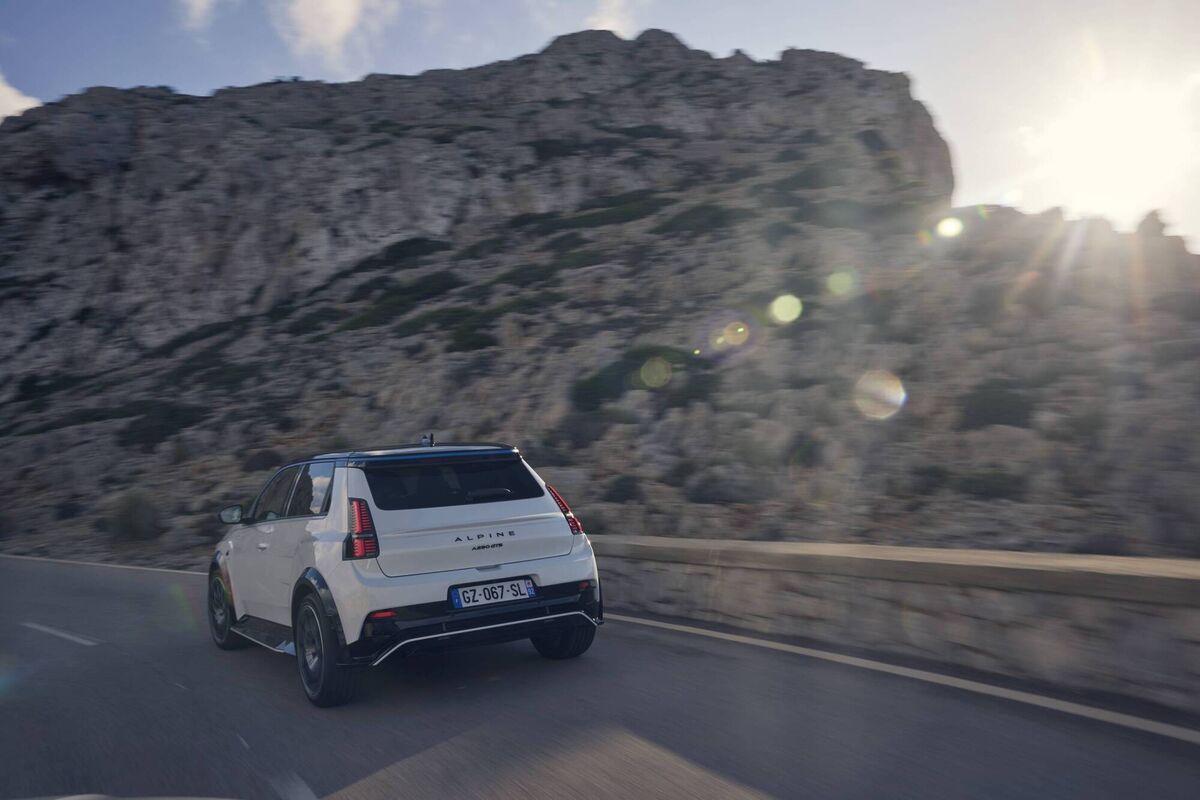
The handling is superb – one can even induce a touch of oversteer without losing the run of yourself – and while the ride is understandably stiff, it is not going to create unwanted dentistry bills. The car at all times comes across as truly agile and willing to bend itself fully to the wishes of the driver – as a hot hatch should.
Interior décor is smashing – albeit largely based on the R5 – and the GTS gives you bucket seats and a twin screen infotainment/instrumentation (which incorporates an Alpine inspired telemetry system which records your driving and coaches you how to do it better). It does away with the R5’s column-mounted gear selector and gives you D, N and R buttons in the centre console.
Some have complained this layout means there are no cupholders. No cupholders? I mean, really. Did Reanult’s legendary rally ace Jean Ragnotti need cupholders? Hell no. You shouldn’t either, so get real.
The steering wheel is a paean to that on the Alpine F1 car – sort of. It has a few colourful buttons – blue for control regen (which works really well, actually) and red for added oomph when overtaking (which is a bit unnecessary as the car does it itself anyway on kick-down), It looks great, though.
As might reasonably be expected, this is not a roomy car. There’s plenty of space for the driver and front passenger, but for those in the back, well, get used to the discomfort. The boot is pretty small too.
To be honest, we didn’t expect too much from his EV hot hatch. Maybe lightning acceleration and not much else. We were well wide of the mark. The acceleration is brisk but not mind numbingly so and the rest of the package drives the world of the performance EV to new and welcome levels of driver enjoyment.
In fairness to Alpine, they got the brief and they stuck to it, giving owners a sense of engagement with their car that so few EVs come close to offering.
It’s not perfect, certainly – the range isn’t great, it’s not cheap and there’s only one Alpine dealer in the country and that’s in Dublin. The uniqueness and bespokeness of the car mean that it cannot be serviced by a regular Renault dealer and, obviously, that’s not ideal.
All that said, it’s a terrific little car and one which, in time, will achieve almost mythical status among the converted. That said, it gets a five-star rating.



